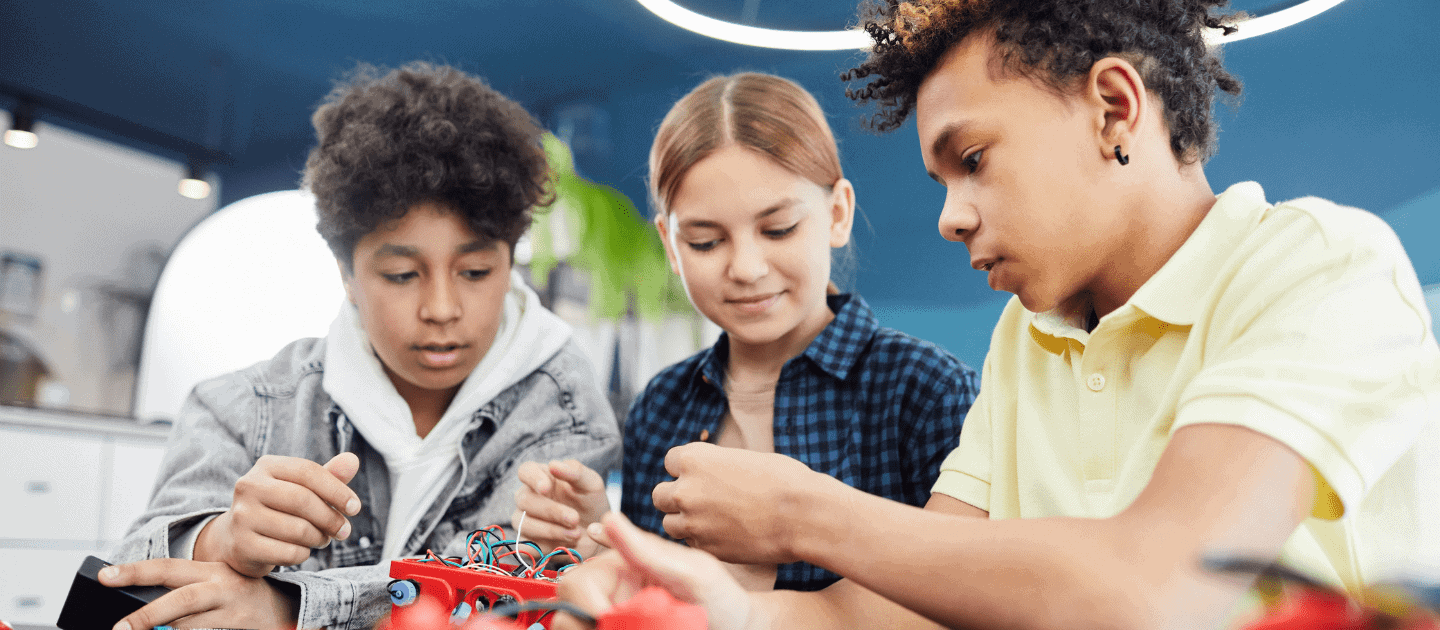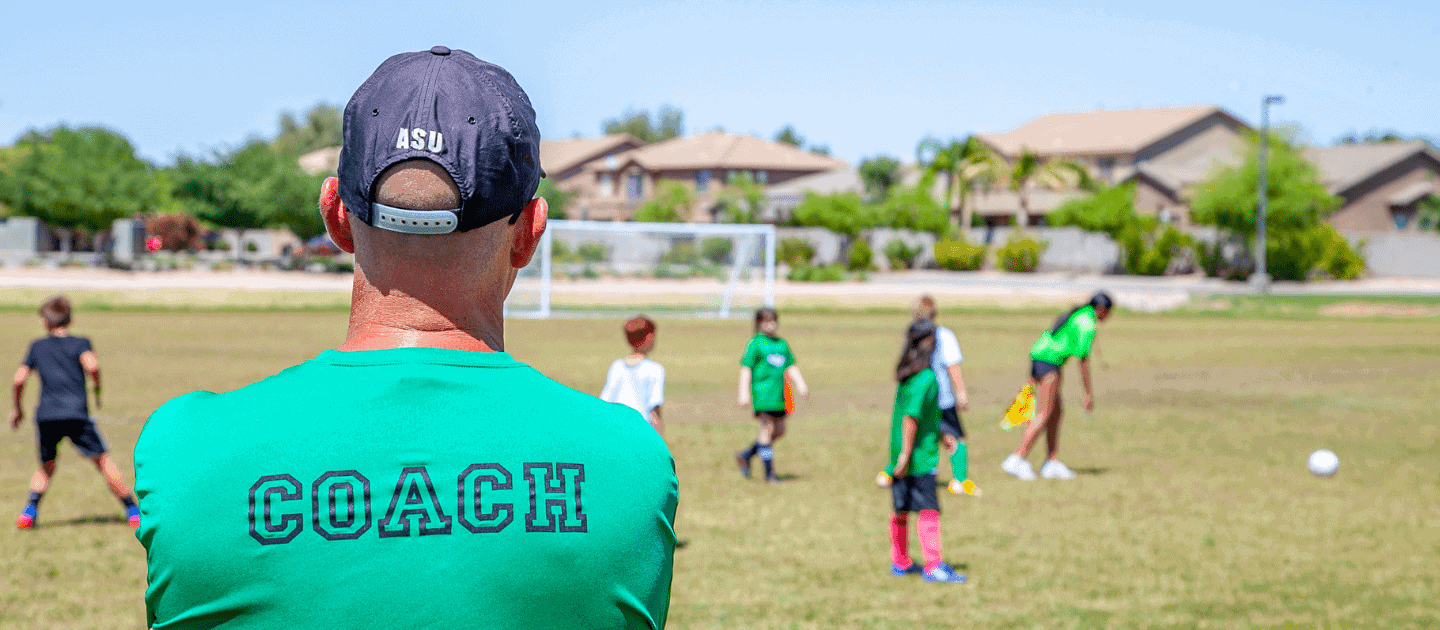Exploring the Impact of Professional Development on Intensive Intervention Outcomes

As we consider how to structure professional development opportunities aimed at improving educator implementation of intensive intervention, it would be wise to access tools such as Desimone’s (2009) PD framework and Fuchs et al.’s (2018) Taxonomy of Intervention Intensity.
How has COVID-19 affected social inclusion and interaction for students with learning disabilities?

While the COVID-19 pandemic created a so-called “new normal” for social inclusion and interactions, particularly in schools where socializing is key for student progress, this study raises the question of whether new means of communication actually improved student efficacy and communication due to the altered norms of school life.
Self-Regulation to Combat Mind Wandering During Self-Directed Learning

Mind wandering has the potential to negatively impact the process of learning and has become more prevalent with the increased practice of online learning. Self-regulation interventions may be able to decrease mind wandering and should be widely taught to students.
Best Practices for Supporting Learners with Depressive Disorders

Schools can work across the intervention spectrum to promote emotional health and prevent the onset of depression, as well as intervene with students once they have been diagnosed with a depressive disorder.
Transitioning from in-person to online learning during a pandemic: an experimental study of the impact of time management training

In an experiment conducted over two semesters (Fall 2019 and Winter 2020), research indicated how time management training increases self-control and time spent on activities, leading to more academic success. Not surprisingly, however, during the pandemic when time structures dissolved and learning went online, there was an increase in leisure time.
How can self-efficacy lower the levels of temptation in student learning?

Temptation can hamper engagement and perseverance directed towards a specific task and cause distractions that can impact the learning process of a student.
Life After the Pandemic: Creating Hope for our Students

With the shift to online learning, the pandemic has not only compromised academic progress for students but has also led to a lack of social-emotional support, especially for those students coming from underprivileged backgrounds.
What is the relationship between memory and self-efficacy among adults with ADHD symptoms?

For students with attention deficit disorder (ADHD) symptoms, their connection with teachers and the memories they have about them later on in their life may predict their perceived social support and self-efficacy.
When Helping Is Hindering: A Look at Paraeducator Support in Physical Education

Educators are natural helpers, and in our desire to help, sometimes our support can cross the line from empowering to hindering. It is imperative that any educator, but especially those working in one-to-one support models, place student voice, growth, and autonomy at the core of their support systems and strategies.
Evidence on the Long-Run Benefits of Special Education

As most education programs focus on short-run learning outcomes, special education (SE) helps prepare students for adult life goals.
